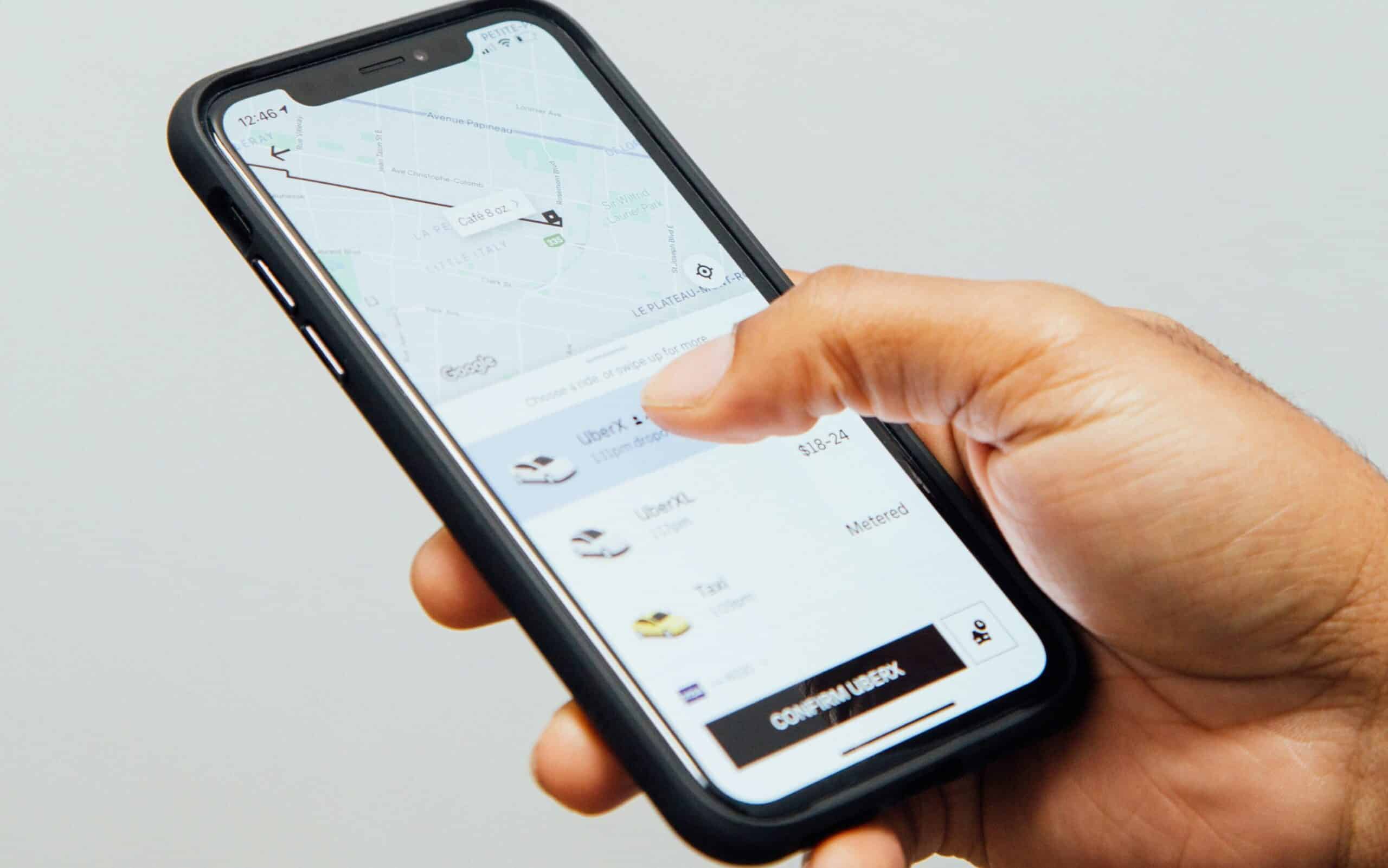How’s your content engagement?
Are you getting likes and shares? Are your blog and video comment sections chock-full of opinions and reviews?
Or are you getting 20 views per post?
This guide is for the latter category, and you’re about to see a change. Otherwise, you might as well throw in the towel. After all, there are countless other companies people will turn to when they need a quick meal, travel consultant, or some popping, cruelty-free eyeshadow.
Join us to learn all about content engagement metrics. We’ll introduce this concept and explain how you can measure it across platforms. We’ll end with handy ways to encourage interactions and become a household name on the online landscape.
Key Takeaways
- Content engagement refers to the interaction between a user and a brand’s website or social media presence.
- Measuring content engagement can help a business understand how well it is reaching its audience and how the audience is responding to its content.
- On-site content engagement can be measured using metrics such as session duration, pages per session, and bounce rates.
- Social media engagement can be measured using metrics such as likes, comments, shares, and followers.
- To encourage content engagement, a business can create compelling and relevant content, use calls to action, and engage with users through social media and email marketing.
What is content engagement?
Content engagement is among the primary aims for internet-based businesses, brands, and creators. It’s the driving force behind numerous new trends in the online marketplace.
Why?
Content engagement measures users’ interaction with your website and social network profiles. It displays how well you’re reaching audiences and how they’re reacting to your posts.
As such, it’s a key metric for success on the internet.
Content engagement metrics vary between platforms, industries, and post types. We’ll get into various ways to measure them in a second, but first, let’s see why they matter.
The aim of content engagement is double.
For one, it generates a connection between brands and consumers.
Say that somebody interacts with your business online—by watching a video, reading a blog, or seeing a cute product pic. They’re then likely to associate your company with that experience. If it’s positive, you’re building a loyal customer relationship, one post at a time.
Content engagement also helps algorithms see your website as valuable.
Social media and search engine systems organize heaps of posts. They attempt to show relevant content to each user, looking at demographics and previous interactions. So, when a person engages with your brand, they’re signaling to the platform that they’d like to see it again.
Combining these two factors, it’s easy to see why customer engagement strategies are essential for SEO and customer relationships.
Is everything clear so far? Let’s move on to more practical matters. How to measure user content engagement.
How do you measure user content engagement?
Social media tends to be in the limelight of content engagement conversations, but it’s not the be-all and end-all of this key metric. Your website is where most of your digital content strategies have the chance to thrive.
Let’s explore the various forms of engagement metrics you can encounter and measure.
On-site content engagement
This category refers to how much time people spend on your website and how much they interact with published content. Google Analytics is an excellent tool for measuring content engagement on-site. It tells you the following:
- Session duration
- Pages per session
- Bounce rates
Session duration is time spent on the website, and it’s the number one engagement metric worth your attention. Long sessions signify relevant, compelling information, telling you that your overall website structure appeals to customers.
Pages per session are another measure of content engagement. It tells you how many pages an average visitor checks out during a single browsing session, increasing your internal traffic. And more internal traffic means longer sessions.
Pro tip: Page per session numbers show how well-connected, seamless, and easy to navigate your site is. Adding internal links and a call to action to each page is a great way to boost this engagement metric.
Bounce rates are another figure that could make or break your strategy. If a person bounces, they leave the website after opening a single page. Your objective is to keep them engaged on your site for as long as possible, reducing this negative rate.

Finally, we have form completions, which determine the persuasiveness of your content. A form completion means that a user gave you information to get something in return, like a subscription, follow-up, or resource.
People need to visit your company site to get these key metrics in the first place, though.
How do they know what your website is?
Here’s how. Besides SEO, social media is the answer.
Social media content engagement
Social media is the go-to content engagement method. These networks have massive, organic audiences and sophisticated targeting capabilities.
Why not use their smart algorithms to your advantage?
All platforms offer the business account option, making it easy to track your engagement metrics without third-party apps.

The type of content engagement varies between platforms. Think pins on Pinterest, tweets on Twitter, and shares and reels on Facebook. In general, you’ll strive to get:
- Likes and comments
- Reach and impressions
- Shares (most relevant)
The higher your content engagement in these various categories, the better you’re doing. Remember to give your social media user a reason to visit your website next.
Let’s see how you can make numbers go up.
Improve content engagement with these handy tips
Customer engagement strategies might seem like a buzzword in modern advertising. But buzzwords get their buzz for a good reason.
This marketing approach relies on several simple factors essential to any quality company. You don’t have to jump through hoops—it’s the same old story of targeting the right people and answering the right questions.
Here are the tenants of boosting this key metric, no matter the platform.
Understand your audience
Just about everybody uses the internet, and you can’t please them all. So you have two content engagement options.
One is diversifying until you’ve watered down your messaging to complete blandness. This approach will get you nowhere.
Alternatively, find your focal group and put your efforts there. This is the way to go.
It’s time to identify your potential clients.
To do so, you’ll need to pinpoint a buyer persona. This imaginary person represents your ideal consumer, whose questions and concerns you’ll be answering. The idea is to create a content engagement strategy that satisfies the representative specimen of your target audience.

Think about it. Maybelline doesn’t blog about the latest trends in zero-waste living, while Lush might. Why is that so?
Because Lush emphasizes hand-made, natural cosmetics. It targets the key interest area of its customers—clean living—and produces content relevant to them.
Understand your platform
Your website is your oyster. Content engagement strategies on-site depend on your target audience, niche, and stylistic choices.
It’s a different story with social media.
In this case, each platform has specific requirements for content that goes viral. You need to meet social network standards to build a presence, from the number of characters to video length and picture quality.
Consider content types suitable for each platform. Combine that knowledge with your target demographic for the most effective posts.
If you’re a realtor who sells large homes, you want to market to your key demographic. Don’t waste your time in an online space where you’ll get no interest. For example, not many young people will be able to afford your services, and they’ll ignore you.
Do you know the average age of a Facebook user?
For sure, you know that very few 20-somethings use this platform. The average age is 40.5 years, and that’s your target audience. Now, that’s a winning content engagement equation.

Pro tip: Apart from fitting the content to the medium, use the additional tools to increase your reach. Trending sounds, hashtags, and links in the bio are at your disposal.
Keep it customer-centric
How often have you seen a bombastic, over-promising, sponsored Instagram story and swiped away? Self-centered companies won’t see excellent engagement metrics.
Instead, keep your posts revolving around the person viewing them.
Identify a key problem they might have, and provide an immediate solution in your content. You’re not posting to sell a product or service—you’re posting to offer assistance. If somebody takes you up on it, all the better.
People aren’t on social media to get bombarded by ads. They’re scrolling to pass the time, and if they happen to resolve a concern during their lunch break, that’s content engagement money can’t buy.

Encourage exchanges
Our final tip is the most straightforward. If you want greater content engagement, feel free to ask for it. Invite folks to like, comment, share, and tell you what they thought of your post. It seems simple, but it works.
Pro tip: If you do this, be sure to respond to the comments and shares you’ve received. Otherwise, it seems empty, and the tactic will soon fizzle. Watch your content engagement soar as you interact directly with your end-user.
Bonus section: Content engagement hacks
It doesn’t matter whether you’re Sephora or a local car dealership—the simple customer engagement strategies we just discussed produce results.
What if you wanted to take things one step further? Try the following hacks that make attention levels skyrocket.
Brand personification
Scrolling through social media means seeing endless companies fighting for your attention. Most are oh-so-professional, using proper capitalization and professional language even on casual platforms. Some then don’t, and they explode in popularity.
Now, the brand Twitter is a question of critique, and a capitalism-savvy user sees right through it. Nevertheless, businesses seeking to personalize themselves garner attention. And attention leads to content engagement and sales.
We’re not telling you to pretend your tech start-up is a down-on-his-luck student looking to build a massive TikTok following. We’re simply saying that strategically ditching the professional image might go a long way.
Interactive content
Interactive materials are the bread and butter of any company looking to increase its engagement metrics. They collect customer data, educate you on buyer opinions, and stimulate discussion.
The best part—content engagement through interaction is super versatile. Examples include:
- Product opinion polls
- ‘Find your perfect item’ quizzes
- Best price calculators
- Personality assessments
Want to step up your content engagement metrics? Organize a webinar. It can be field-focused, a guide on your resources, or an aid for aspiring entrepreneurs joining your niche. Of course, encourage visitors to invite friends.
And how could we forget giveaways? This modern tactic does wonders for customer activity. Strategically organize an event where you give out several free items to random people who like, comment, share, and tag five accounts. The return on investment is massive.
Getting spicy
Outrage clicks have a negative connotation, and you should never post something for the sole purpose of getting people riled up. However, a dash of controversy can boost your key metrics without ruining your reputation.
This content engagement idea is fun, but it’s a thin line to tread. You want to encourage discussion, even heated debate, but not risk getting canceled for it.
We can’t tell you what to do here. It’ll depend on the audience and your usual attitudes. All we’ll say is this: you wouldn’t argue against having children as a diaper company, but a travel agency might hint at the freedoms of such a lifestyle and spark lively discussions on the matter.
The point is simple. Don’t be afraid to move away from milquetoast content.
Engagement: A key metric of brand success
In the end, content engagement isn’t the only piece of the marketing puzzle, but it’s a large chunk. Start with a solid base—quality products and services, good blog posts, high SEO ratings, and reputability. Once the foundation is steady, get engaging.
Use the tips we discussed and start cooking up content. Implement, analyze, and optimize. Help your customers help you grow as a business.
Ready to see your brand blow up with the right content engagement strategy? Schedule a consultation today. Let Grassroots Content write you to online relevance.
